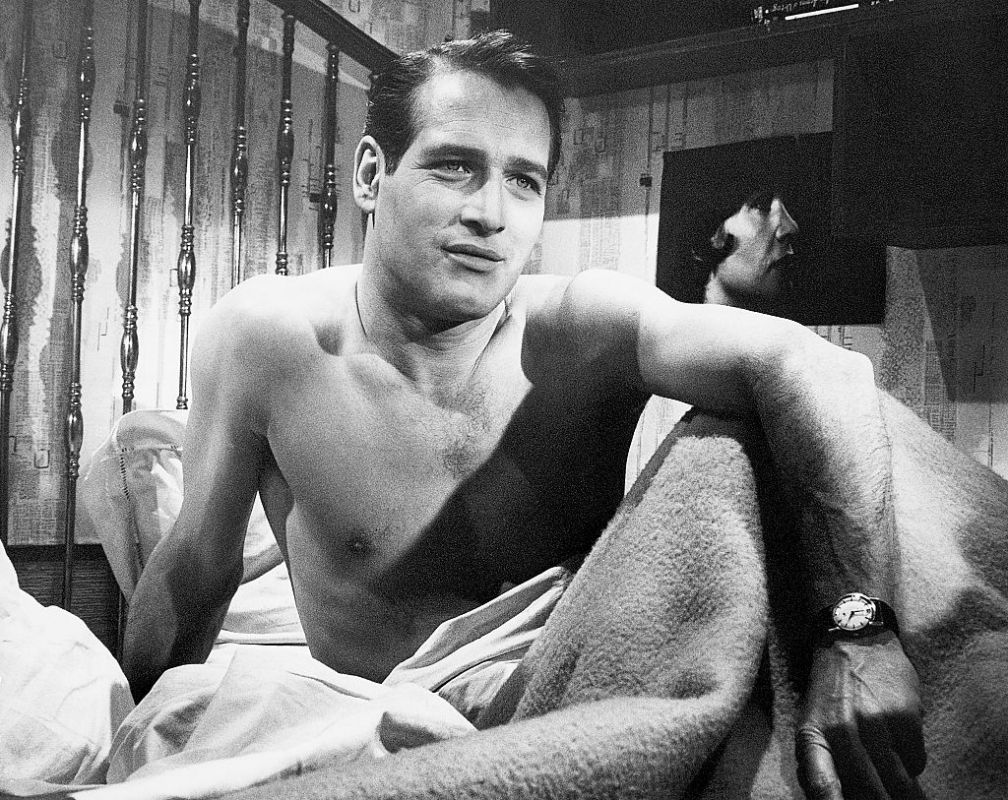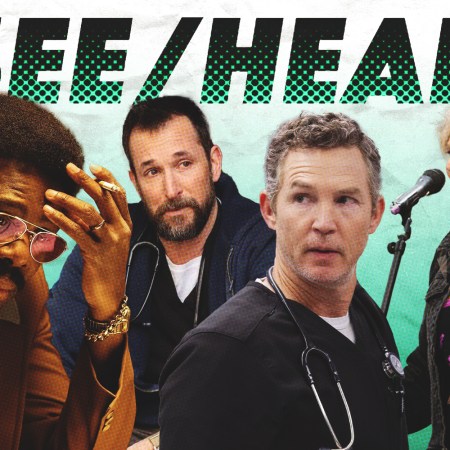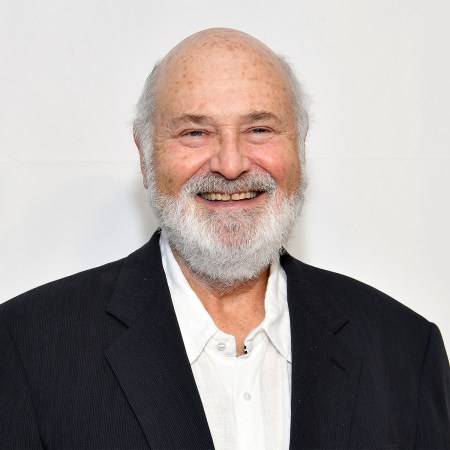Paul Newman was made to be a movie star.
Eyes as blue as wintry lakes. Wavy hair that slowly faded to heirloom silver. Boundless charisma and confident sex appeal.
But Paul Newman was more than a movie star. He was an artist. And maybe, since his death in 2008, he’s become a symbol—an avatar of genuine, non-toxic masculinity.
We sure could use one now.
We’re living in a movement moment, a #MeToo era when even razor-blade commercials wonder if men can’t be better. And lots of men are responding with not very manly tantrums: Better? What do you want from us anyway?
Well, let Paul Newman teach you.
The “Paul Newman 6-Movie Collection,” just out on DVD from Paramount Home Video, collects a half-dozen of the legend’s movies at a bargain price of $23. And it shows a few things that casual fans may have forgotten.
The collection demonstrates his range; in 1963, he made both one of his silliest movies—the rom-com A New Kind of Love, with wife Joanne Woodward—and one of his starkest, the lonely, windswept Hud. And it shows his dedication; decades after his film debut, he was still pushing himself in pictures like Nobody’s Fool and Road to Perdition.
But mostly it reminds you of what a real man used to look like—and how he used to behave.
Newman was born in Shaker Heights, Ohio to a Jewish sporting-goods store owner and his Christian Scientist wife (later, Newman said he identified as Jewish because “it’s more of a challenge”). Kicked out of Ohio University for denting the college president’s car—with a runaway beer keg, no less—he spent World War II in the Navy.
Spent time growing up a bit, too. After the war he finished a drama degree at Kenyon College. Stints at Yale and New York’s Actors Studio followed. It was the early ’50s by then, the age of the Method actor. Montgomery Clift and Marlon Brando had already led the way to Hollywood; Newman became part of the second wave, competing often, and unsuccessfully, with James Dean.
But although the two friends were of a type (and, gossips suggested, sometimes more than friends), Newman was different. Onscreen, Dean danced along the edge of hysteria; Newman delivered the same passion, but with a cocky confidence. Unlike Dean’s tragic, tortured heroes, Newman’s, you knew, would somehow stubbornly survive.
As did Newman. Dean died tragically young, with two of his planned movies, Somebody Up There Likes Me and The Left-Handed Gun, eventually going to his friend instead. But when older Method actors like Clift and Brando got caught in spirals of self-destruction in the ’60s, Newman kept going.
Kept growing, too.
As an actor, Newman enjoyed plumbing his dark side. He explored the ambiguities of sex and guilt in censored, but still powerful adaptations of Cat on a Hot Tin Roof and Sweet Bird of Youth. He played gorgeous, guiltlessly selfish heels in The Hustler and Hud.
And then, just to keep things interesting, Newman turned that type inside out to become the martyred, chain-gang messiah of Cool Hand Luke.
Yet for all the misfits he played on screen, all the challenges he gave himself as an artist, as a man Newman enjoyed pure, uncomplicated fun. His dress was casual. His tastes were working-class. Apart from acting, his only loves were cold beer and fast cars.
Well, and Woodward, to whom he was married for 50 years. But let’s not get mushy. Even there, his devotion was expressed in simple, loading-dock language. How did a sex symbol like him stay faithful to her, a rude reporter once asked. “Why go out for hamburger,” Newman replied, “when you’ve got steak at home?”
So yes, even though he was somebody who put on makeup and played pretend for a living—something he was occasionally embarrassed by—Paul Newman was an unapologetically red-blooded, macho American male.
But that didn’t make him a boor or a beast, a predator or a pig. Unlike Steve McQueen—his chief competitor for King of Cool—Newman didn’t knock his wife around. And unlike the commitment-phobic Warren Beatty—Hollywood’s other politically conscious hunk—Newman lived every part of his life with simple, steadfast conviction.
Sometimes it was the small things, like discovering the right-wing politics of his favorite brewer, Coors, and the switching to Budweiser. Sometimes it was enormous, like creating a branding empire only so he could funnel every penny of those popcorn and salad dressing profits into charities.
But Newman always walked the talk. He marched on Washington with Martin Luther King. He stood up—early and unequivocally—for gay rights. He protested the Vietnam War and the nuclear arms race, and went to the first Earth Day rally in New York. All of which ended up getting him a spot—#19, actually—on Nixon’s “enemies list.”
“The highest single honor I’ve ever received,” Newman quipped.
He wasn’t necessarily joking. Nor would it be his last achievement. He pretty much invented the bromantic comedy alongside Robert Redford with Butch Cassidy and the Sundance Kid. He reprised the formula and the pairing for the phenomenally successful The Sting and then made Hollywood’s most hilariously profane sports movie, Slap Shot.
He was in his early 50s by then, too—and, unlike some of his scared contemporaries, eager to start acting his age. Instead of chasing after leading man parts, he sought out scamps and scoundrels, iconoclasts and eccentrics.
So he played Gov. Earl K. Long, the scandalous politician of Blaze, and Sully, the constantly thwarted Everyman of Nobody’s Fool. He turned in his best performance ever as Frank, the salvation-seeking drunk of The Verdict, and reprised one of his finest characters, the hustler Fast Eddie, in The Color of Money.
That last movie got him his seventh acting nomination, and finally an Oscar in 1987, but Newman wasn’t about to slow down. He continued to act for another 20 years, winning more nominations for Nobody’s Fool and Road to Perdition.
By the time he turned 80, though, Newman was having trouble remembering lines (the real reason his last few credits were for voiceovers, which he could do from a script). By early 2007, he was diagnosed with lung cancer. He died the next year in Westport, Ct., at 83.
He leaves behind 85 performances—including probably two-dozen inarguably great ones—and six films as a director, most of them in service of his adored wife. Since 1982, his Newman’s Own companies have generated more than $500 million dollars for charities including his favorite: the SeriousFun Children’s Network, which funds summer camps for seriously ill children.
But, if you take him as his word—and that was always wise—he’d prefer a simpler eulogy.
“I’d like to be remembered as a guy who tried,” he said. “Who tried to be part of his times, tried to help people communicate with one another, tried to find some decency in his own life, tried to extend himself as a human being. Someone who isn’t complacent—who doesn’t cop out.”
In these ugly times, he makes being a man sound so simple.
And maybe it is—if you’re as complicated a man as Paul Newman.
This article appeared in an InsideHook newsletter. Sign up for free to get more on travel, wellness, style, drinking, and culture.

























